Top Types of Pickleball Shots to Elevate Your Game
Understanding the types of pickleball shots is essential for improving your game. From basic serves to advanced spin shots, mastering each shot can give you a competitive edge. In this article, we will explore various pickleball shots, their purposes, and how to execute them effectively.
Key Takeaways
-
Mastering basic shots like serves, groundstrokes, and volleys is essential for both new and experienced pickleball players to establish a strong foundation and improve gameplay.
-
Incorporating soft shots such as dinks, third shot drops, and block shots is crucial for strategic play, helping to control the game’s tempo and frustrate opponents.
-
Advanced techniques and deceptive shots, including the Erne and fake dink, can significantly enhance a player’s effectiveness in competitive matches by disrupting opponents’ expectations and creating scoring opportunities.
Mastering the Basics
Every great pickleball player starts with a solid foundation in basic shots. These fundamental strokes are crucial for new players to grasp the essence of the game and for experienced players to maintain their edge, whether they are playing with a friend or pickleball buddy. Mastering these basic shots not only helps in building upper body strength but also sets the stage for more advanced techniques.
The basic shots in pickleball include the serve, groundstroke, and volley. Each of these pickleball shots is crucial at different stages of the game. Here’s a closer look at each one.
Serve
The serve initiates play and sets the tone for the point. It is a unique shot that initiates play and sets the tone for the rest of the point. Proper foot positioning and a firm grip on the paddle are key for an effective serve. The serving team has the opportunity to control the game’s pace right from the start, making the serve a critical element in any match.
Aim to hit the ball to the opponent’s weaker side to exploit their weaknesses and gain an immediate advantage when serving. The serve is not just about getting the ball over the net; it’s about placing it strategically to set up the next shot.
Groundstroke
Groundstrokes are fundamental in pickleball rallies. These shots are made after the ball has bounced once. Both forehand and backhand groundstrokes are crucial for maintaining control and pacing the game. Groundstrokes can be powerful cross court shots, soft shots, or even a drop shot, depending on the situation and strategy.
One of the key strategies with groundstrokes is to aim for the opponent’s non volley zone or their opponent’s baseline, making it challenging for them to return the ball effectively. Mixing hard and soft shots keeps your opponent off balance, creating unexpected opportunities.
Volley
A volley is a shot made before the ball bounces. This shot is essential for fast-paced exchanges and for putting pressure on your opponent. Quick reflexes and precise positioning are needed for volleys, allowing players to intercept and control the ball.
The volley is an important shot in pickleball, especially when playing at the net. It can be a fun shot to execute, as it often catches the opponent off guard and can lead to quick points. Practicing different types of volleys, like the backhand punch and cross-court dink, ensures effective responses in various situations.
Essential Soft Shots
Soft shots are vital in pickleball for maintaining control and dictating the tempo of the game. These shots require finesse and precision, shifting the focus from power to strategic placement. Key soft shots include the dink, third shot drop, and block shot. Each of these shots serves a specific purpose in neutralizing opponents and creating scoring opportunities.
Soft shots enhance strategic play, making it hard shot for opponents to predict your moves and forcing errors. Here’s a closer look at these vital soft shot shots.
Dink Shot
The dink is a soft groundstroke made near the net. It is designed to keep the ball low, making it difficult for the opponent to attack. Dink shots require precise timing and placement to ensure the ball lands just over the net and stays within the opponent’s non-volley zone. The dink stroke is a crucial technique for maintaining control in these situations.
A cross-court dink shot can be particularly effective, as it forces the opponent to move laterally and creates openings for follow-up offensive shots. Regular practice of dink shots will improve your touch and control, making it a fun shot to execute in matches.
Third Shot Drop
The third shot drop is used after the serve and return in a rally. Its main purpose is to neutralize the receiving team’s court control and help the serving team advance to the net. This shot typically involves a low to high motion, aiming to land the ball softly in the opponent’s non-volley zone with a little arc.
Using a lighter grip and soft landing hands is essential for executing a successful third shot drop. This shot frustrates opponents, changes game momentum, and creates opportunities to gain control. When the shot drops, it can significantly impact the flow of the game.
Block Shot
Block shots neutralize aggressive shots from opponents. To execute a block shot, players should maintain a low stance and prepare to absorb the speed of the ball, allowing it to bounce straight back with minimal effort. Proper timing and positioning are crucial for effective block shots.
Practicing block shots in various scenarios enhances the ability to execute them during matches. This shot is particularly useful when facing powerful cross court shots or overhead smashes, providing a reliable way to stay in the rally and turn defense into offense.
Offensive Shots to Gain Control
Offensive shots are essential for gaining control of the game and putting pressure on your opponents. These shot drives are designed to disrupt the opponent’s rhythm and create scoring opportunities. Mastering smashes, lob shots, and cross-court dinks can significantly improve your gameplay and help dominate the court.
Let’s explore these offensive shots in detail and understand how they can be effectively used to gain control during matches.
Smash
The overhead smash is a powerful shot often used to finish points. This shot requires proper footwork, timing, and upper body strength to generate power and accuracy. The goal is to hit the ball downward with force, aiming for the opponent’s feet or an open space on their side of the court.
A successful smash makes the smashing ball hits bounce straight ahead off the ground, challenging the opponent hits return. This shot is an important weapon in any player’s arsenal, hitting the ball in defensive situations into offensive opportunities and putting the opponent on the back foot.
Lob Shot
Lob shots have several strategic effects in a game:
-
They reset the pace of play and catch opponents off guard.
-
They allow players to change the tempo of the game.
-
They force opponents to move back to the baseline.
-
They create space for the next shot.
-
They disrupt the opponent’s positioning.
Integrating the volley lob occasionally during dink rallies can surprise your opponent and create opportunities for offensive play. Mastering the lob shot adds strategy, letting you control the rally’s pace and direction.
Cross Court Dink Shot
Cross-court dinks create advantageous angles and force opponents to reposition quickly. This shot can open up the court for follow-up shots, making it an essential part of offensive play. The cross-court dink shot requires precise control and timing to ensure the ball lands just over the net and within the opponent’s non-volley zone.
Using cross-court dink shots strategically can keep your opponents on their toes and create opportunities for powerful cross-court shots or other offensive plays. Practicing this shot improves your control over the game’s pace and direction.
Advanced Techniques for Competitive Play
For those looking to gain a competitive edge, mastering advanced techniques is crucial. These shots require a high level of skill and precision but can provide a huge advantage in matches. Advanced shots like the backhand spin dink, topspin roll volley, and Erne can disrupt an opponent’s rhythm and create scoring opportunities.
Here’s how to effectively incorporate these advanced techniques into your gameplay.
Backhand Spin Dink
The backhand spin dink creates unpredictable spin and challenging bounces for opponents. This shot is effective during cross-court opportunities, controlling the ball’s direction and spin in the backhand position.
For a backhand spin dink, aim for lower contact with a slice and higher contact with topspin. This shot can keep the ball low and difficult for the opponent to return, making it a valuable addition to any player’s skill set.
Topspin Roll Volley
The topspin roll volley is a powerful, finesse shot taken from the front at net height. This shot is often used after the third shot drop and is ideal when opponents are positioned at their baseline.
A mid-powered backswing and precise timing are essential for a topspin roll volley. This shot disrupts your opponent’s rhythm by forcing adjustments to the unexpected spin, making it key in offensive play.
Erne
The Erne shot takes advantage of your opponent’s positioning during a dink rally. Three methods to hit an Erne include approaching from the sideline, obtaining a low position, or attacking at the ball’s peak height.
When executing an Erne shot, aim for an unreturnable angle into the opponent’s kitchen to maximize the most brutally effective shots. This shot demands excellent timing and precision, making it a highly advanced and rewarding technique.
Sneaky and Deceptive Shots
Sneaky and deceptive shots can surprise opponents and shift the momentum of a match. These slyest shots require a high level of skill and strategy, making them valuable tools for any competitive player. Utilizing these most flashy shots effectively can disrupt your opponent’s expectations and create frustrating shots scoring opportunities. Brutally effective shots and different shots can also enhance your overall game strategy, especially when you add the sneakiest and slyest shots to your repertoire.
Here are some of the sneakiest and most deceptive shots in pickleball, including the fake dink, around the post shot, and backspin return serve.
Fake Dink
The fake dink shot is used to trick opponents into expecting a soft return, only to transform it into an offensive shot at the last moment. For a successful dink fake, maintain a convincing posture and follow-through before changing the shot.
Maintaining consistent body language until the last moment is crucial for a convincing fake dink. This very important shot can break a stalemate and provide a strategic advantage, especially in critical moments of the game.
Around the Post
The around the post shot is a spectacular and challenging shot used when the ball is hit wide, leaving no other viable option. This shot requires power and spin on the forehand, and an exceptional backhand is often needed to execute it effectively. The difficulty of this difficult shot lies in its execution, as it demands precise timing and positioning to hit the ball around the post and into the opponent’s court.
An around the post shot can catch opponents off guard, particularly when they expect a straight or within-boundaries hit. This opportunity shot is a testament to a player’s skill and creativity, making it one of the most exciting and rewarding plays in pickleball shot.
Backspin Return Serve
The backspin return serve is a strategic shot designed to disrupt the opponent’s rhythm and make their return more challenging. This serve requires a specific grip and angle to effectively generate backspin, causing the ball to bounce low and complicate the opponent’s return.
For a backspin return serve, hit the ball with a downward slicing motion to slice straight downward and ensure it spins backward over the net. This technique can create opportunities for your team to take control of the rally and set up offensive plays.
Summary
Mastering a variety of pickleball shots is essential for elevating your game and gaining a competitive edge. From fundamental shots like the serve, groundstroke, and volley to essential soft shots like the dink shot and third shot drop, each shot plays a unique role in the overall strategy of the game. Offensive shots like the smash, lob shot, and cross-court dink shot can help you gain control, while advanced techniques such as the backhand spin dink, topspin roll volley, and Erne can provide a significant advantage in competitive play.
Sneaky and deceptive shots, including the fake dink, around the post shot, and backspin return serve, add an extra layer of strategy, keeping opponents on their toes and shifting the momentum in your favor. By incorporating these shots into your gameplay, you can become a more versatile and formidable pickleball player, ready to tackle any challenge on the court.
Frequently Asked Questions
What is the importance of mastering the serve in pickleball?
Mastering the serve in pickleball is essential as it initiates play and can create an immediate advantage by targeting the opponent's weaknesses. A strategic serve sets the tone for the rally, influencing the flow of the game.
How can a player effectively execute a third shot drop?
To effectively execute a third shot drop, maintain a lighter grip and soft hands while employing a low to high motion to create a gentle arc, ensuring the ball lands softly in your opponent's non-volley zone. This technique will improve your control and placement during the game.
What are the benefits of using a backhand spin dink?
Utilizing a backhand spin dink effectively disrupts your opponent's rhythm by introducing unpredictable spin and challenging bounces. Consequently, it enhances your offensive play and increases your chances of winning points.
When should a player use a lob shot in pickleball?
A player should use a lob shot in pickleball to reset the pace of play, particularly during long dink rallies, as it can catch opponents off guard and compel them to reposition to the baseline. This strategic play helps change the tempo of the game effectively.
What makes the around the post shot difficult to execute?
Executing the around the post shot is challenging due to the precise timing, positioning, and power required to successfully hit the ball around the post and into the opponent's court, necessitating a high level of skill and creativity.



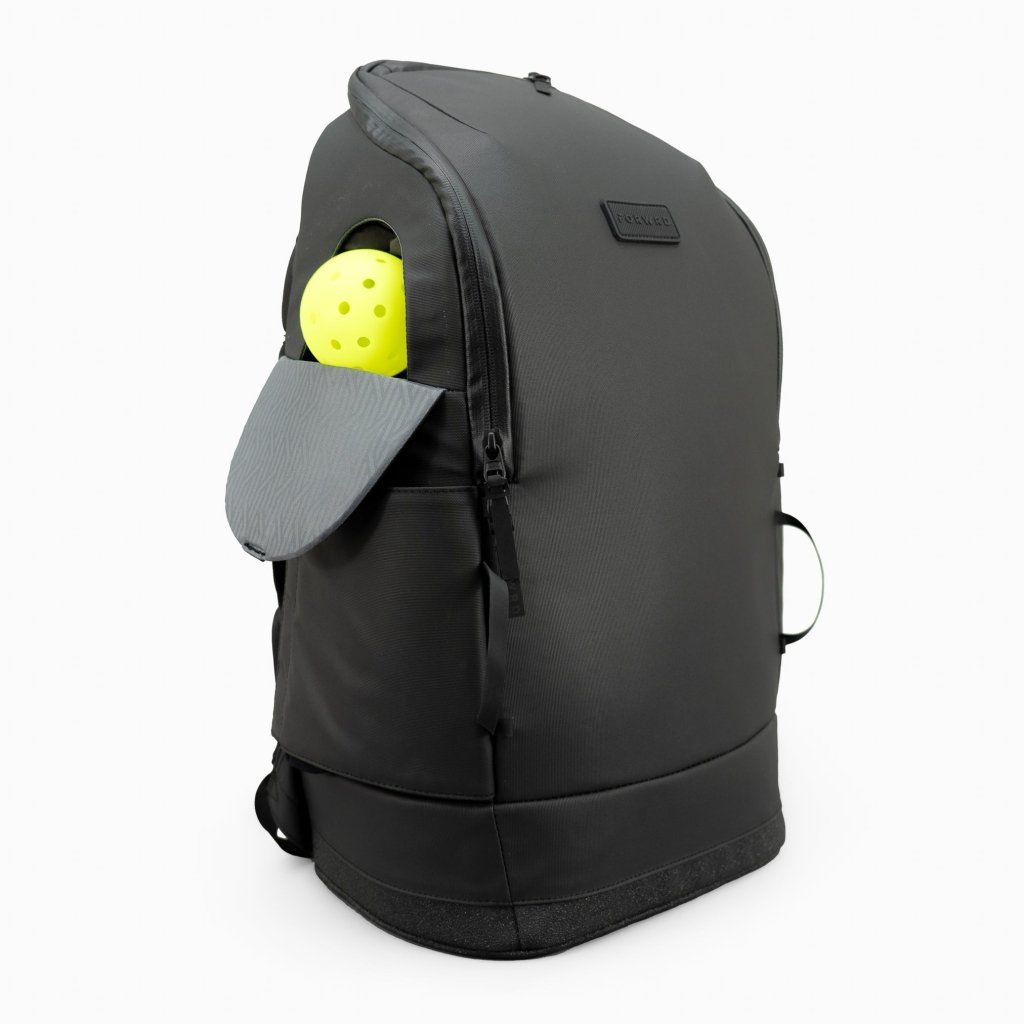
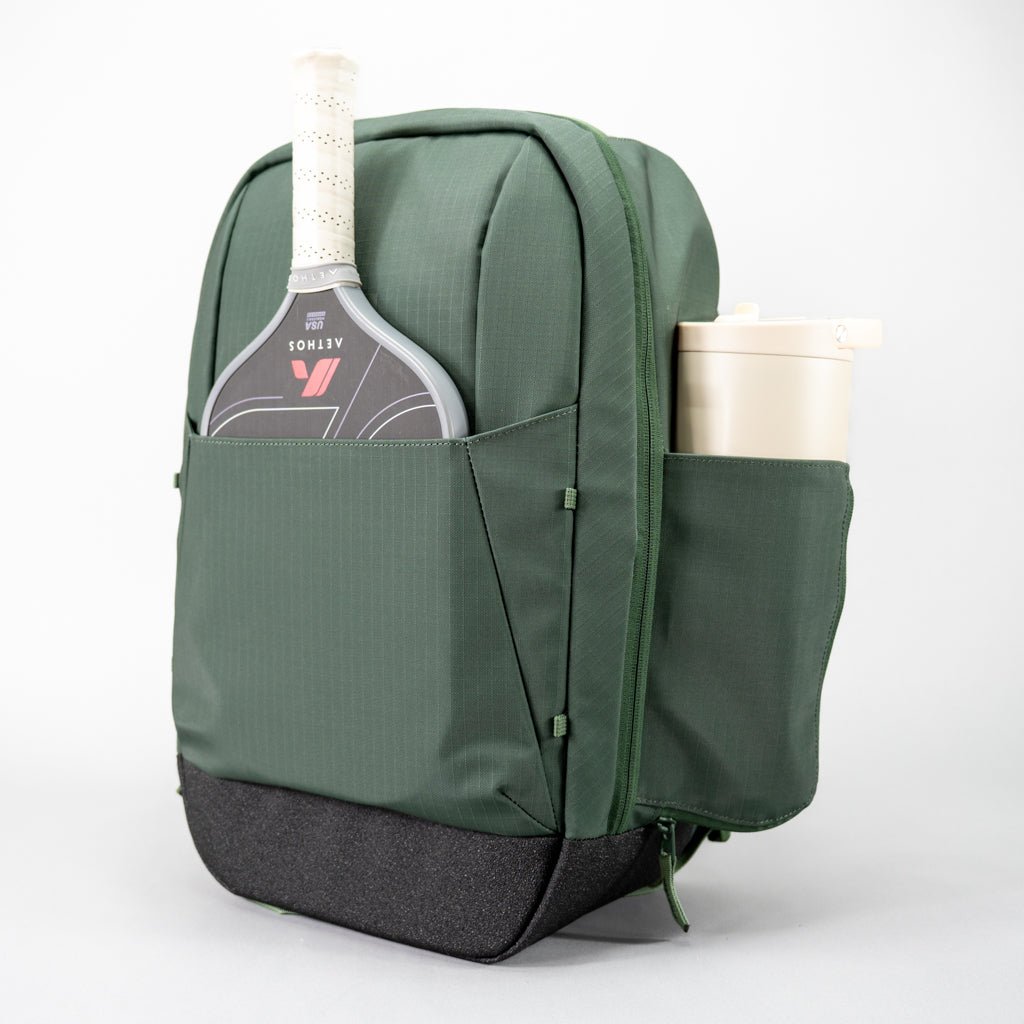


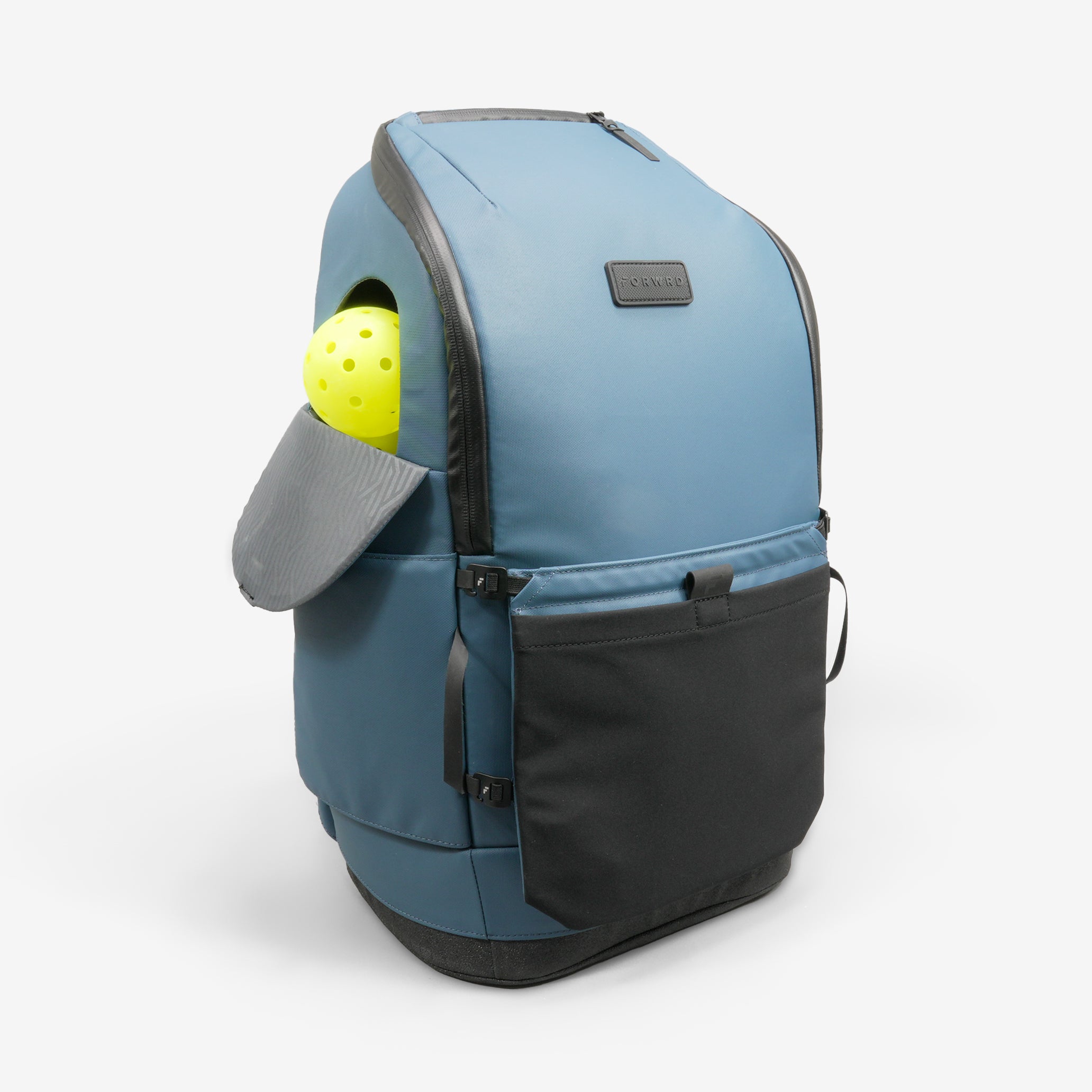
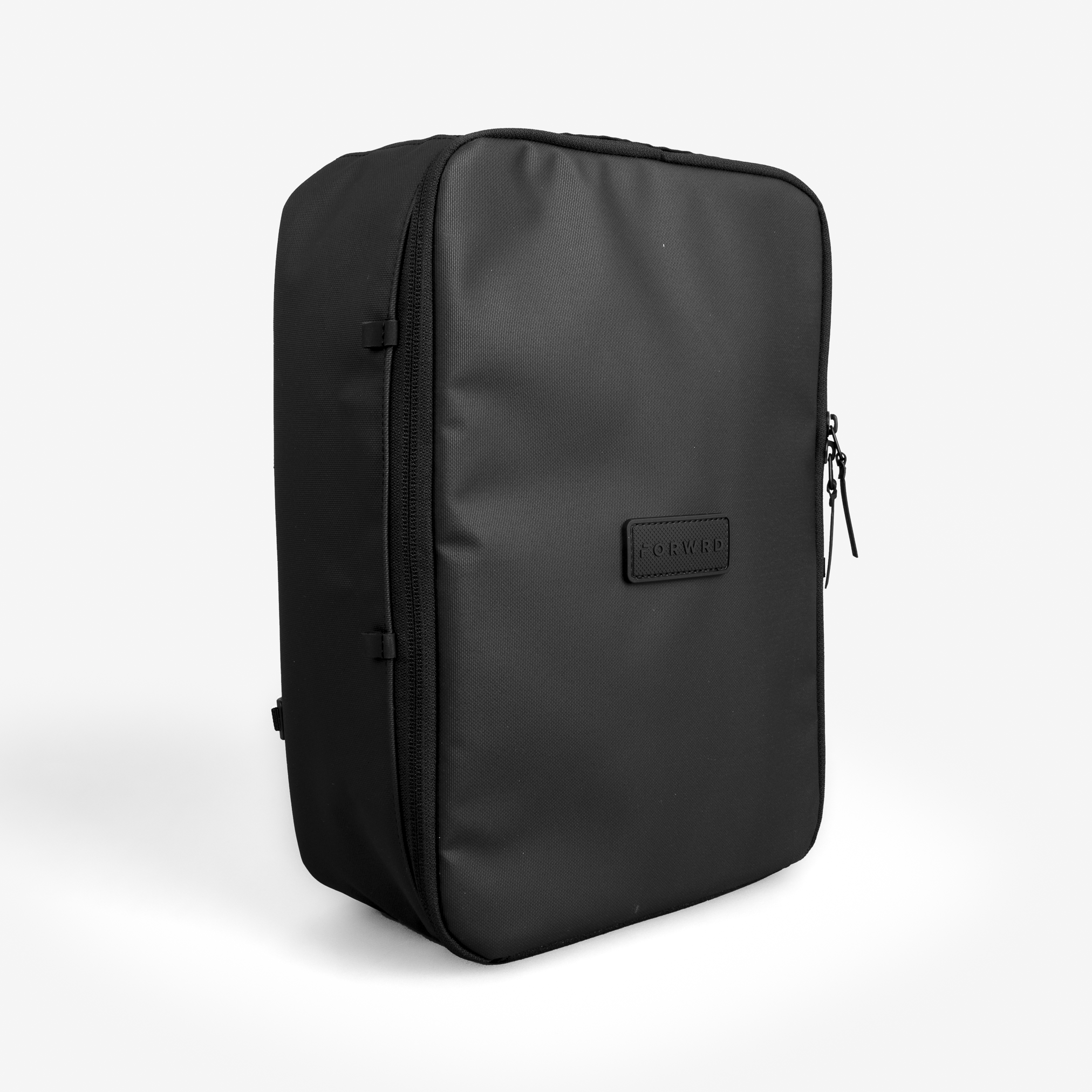
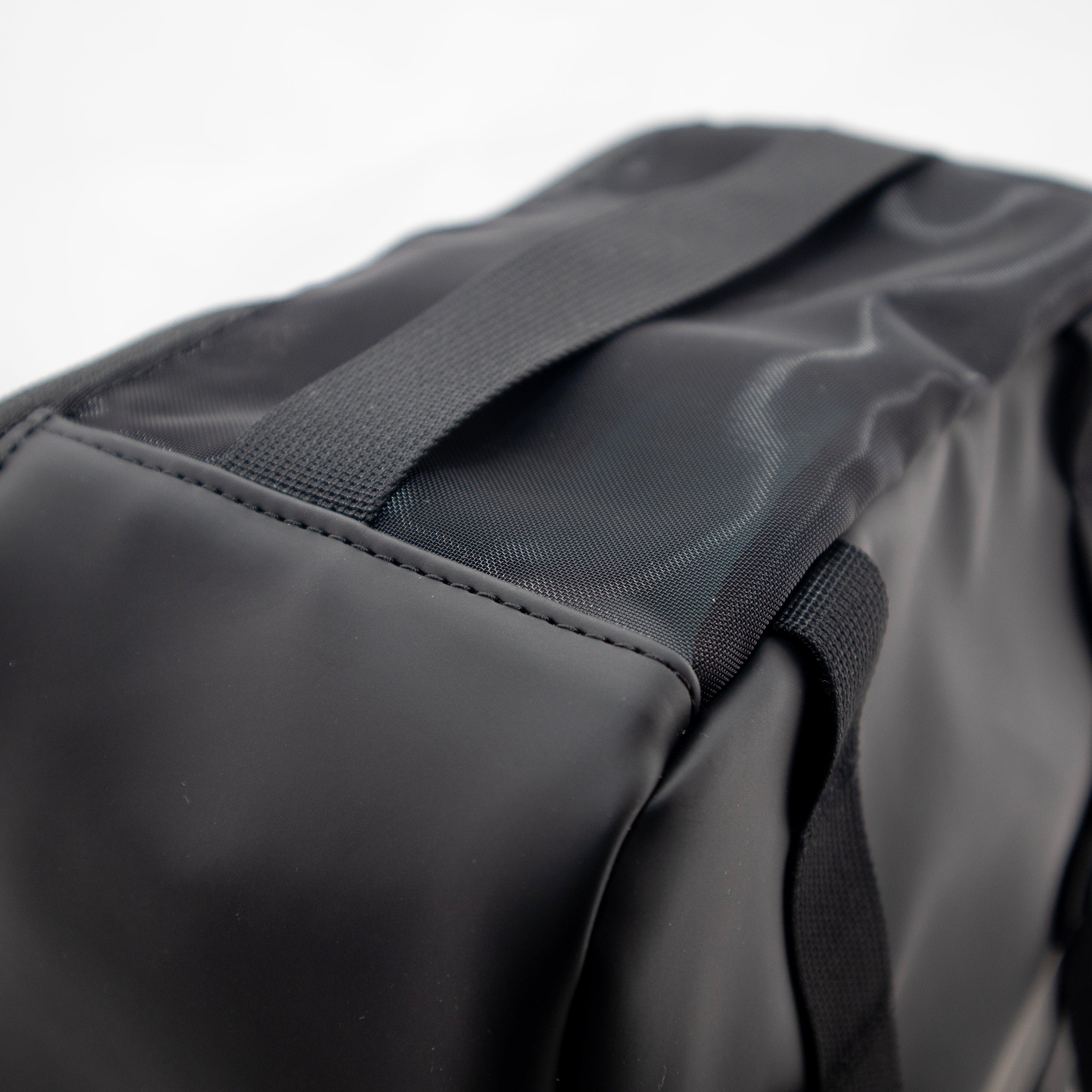


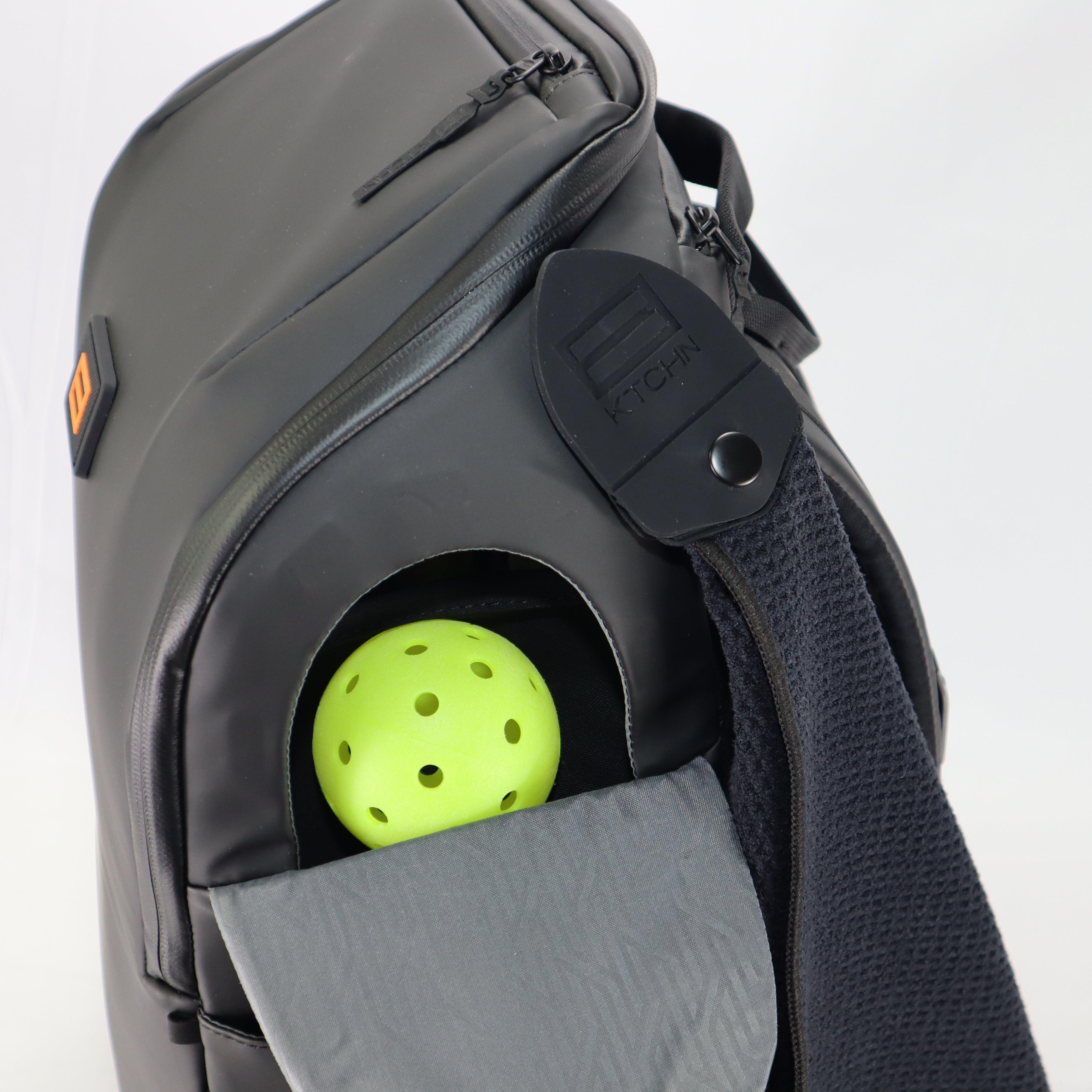
Leave a comment
All comments are moderated before being published.
This site is protected by hCaptcha and the hCaptcha Privacy Policy and Terms of Service apply.